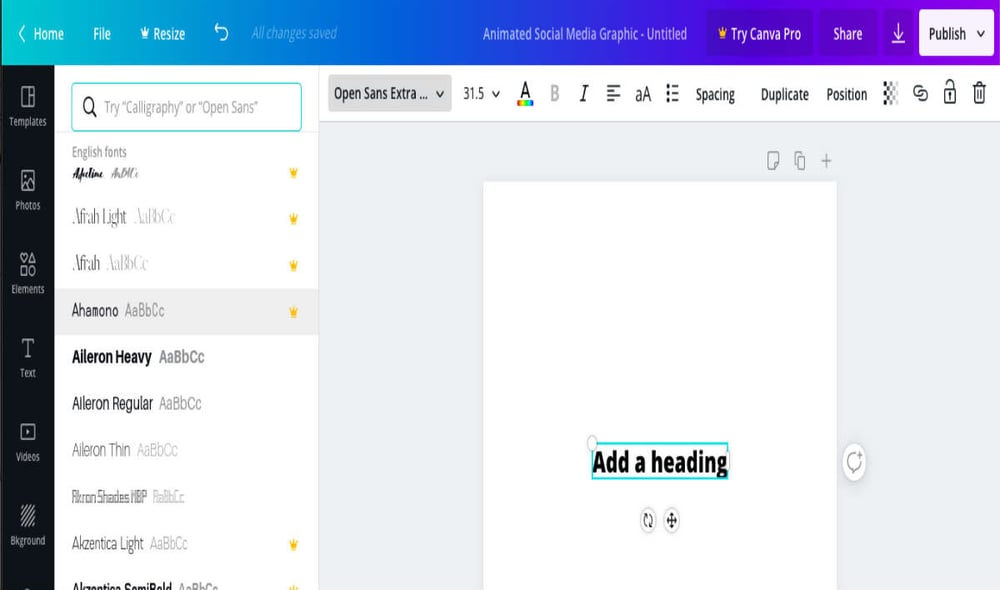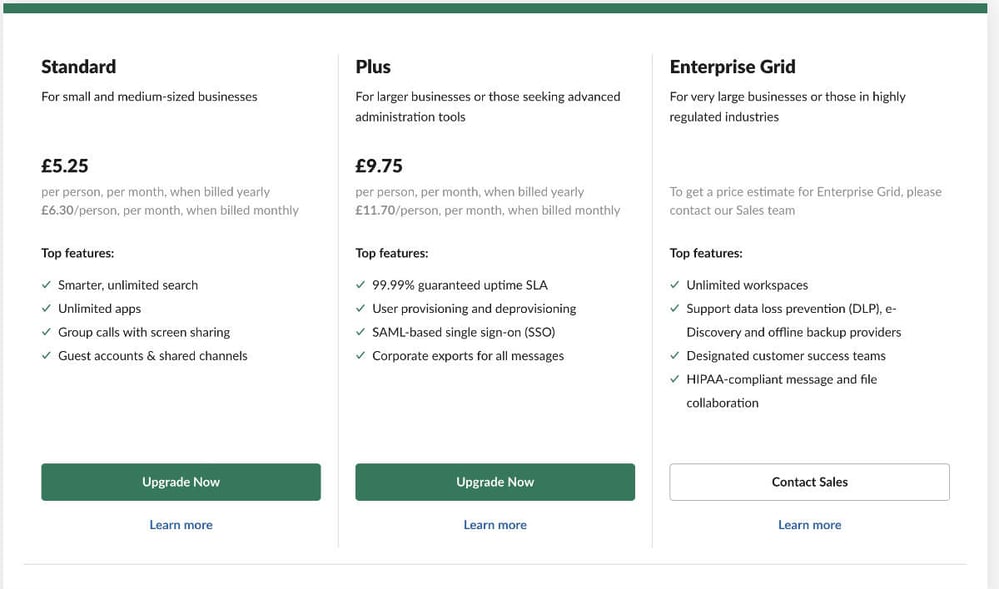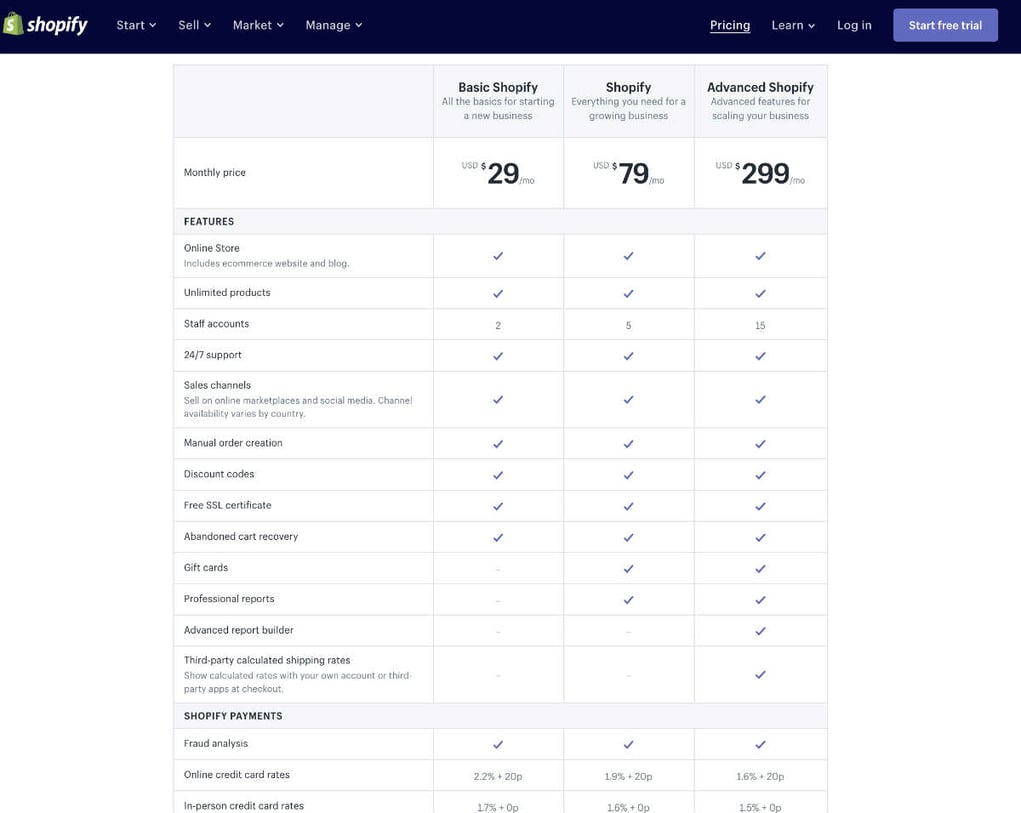Are you feeling a little overwhelmed by all the different SaaS subscription pricing models out there?
With so many resources going into the creation of your software, your pricing strategy has to effectively recuperate costs and make the venture profitable. If you decide that a subscription-based pricing model will adequately serve your customers' needs and bring in the best ROI for your business, the next challenge is to find out which kind of subscription model is going to hit the sweet spot with your ideal buyer.
Take a look at these examples:
- Tiered pricing
- Per-user pricing
- Per-active user pricing
- Freemium
- Per-feature pricing
- Pay-as-you-go
- Custom pricing
The list is extensive. Essentially, the characteristics in each of these plans are interchangeable and employ various psychological tactics to lead the customer towards the most appropriate purchasing decision. To give you an overview of which strategy may be the most effective for your business, we've reviewed the most common SaaS subscription models and highlighted the pros and cons.
Freemium
This pricing model invites users to download and use your software for free. You can put certain limitations to just how “free” you make it. One freemium strategy is to make your core product entirely free with no time restrictions, but certain features will be charged for – you can also include a setup fee or charge for extra support while still providing the software at no cost to the customer. You could also make your software completely free to use by allowing advertisers to display their ads to your users.
Freemium is excellent for…
- Onboarding clients and familiarising them with your platform, quickly and easily – it’s one of the best ways to demonstrate the utility of your software and get immediate buy-in.
- Establishing trust – by being so transparent and open about your product’s benefits, customers are more likely to trust your service.
- Upselling – once the customer is confident with using your core product, you can offer them different upgrade options such as per-feature-pricing or a subscription package that opens a host of other benefits.
The downside of Freemium is…
- Resistance to paying – once a customer is used to making use of your core benefits, they may grow a bit resentful if you start charging for premium features or upgrades.
- Potentially harmful to your brand – if users perceive your product as being free, it can lose some of that razzle-dazzle and become easy to delete.
Example of Freemium:
Canva is doing an exceptional job in the freemium game. You can use their cloud-based platform to perform some pretty slick graphics-related tasks. But if you’d like to use some of the fancier fonts (denoted by the yellow crowns), you have to pay for the added feature. Alternatively, you can click the ‘Try Canva Pro’ button and purchase a monthly subscription which unlocks all the features.

There’s a fine line to walk when trying to make a freemium pricing model successful and profitable. Generating revenue from this kind of strategy requires a lot of usage monitoring, optimisation and commitment from your side to keep users engaged and active on your platform.
Per-user pricing
Per-user pricing pretty much does what it says on the tin: every new user requires a unique login and therefore has to pay for a new and separate licence. Simple, straightforward, and very tempting to implement, right? But let’s take a look at the pros and cons of this model.
Per-user pricing is attractive because…
- The price is fixed – no surprises for the customer, and you know what to expect every month in terms of income.
- You are poised for growth – each new customer that adopts your software is helping to scale your revenue.
The drawbacks of per-user pricing are…
- It discourages adoption – if only one person in a company is using the software, it’s not likely to gain popularity across the organisation.
- Churn rates are often high as a result of limited adoption, and therefore buy-in, across the organisation.
- Login details can be shared with other users in order to avoid paying for an extra licence.
Example of per-user pricing:
Although Slack offers a freemium version, once you hit the 10K search limit on messages or need to plug more applications in, you’ll have to start paying. Slack is a staple app for many businesses, but there is widespread disdain on forums about the pricey upgrades.

Experts argue that pricing per user detracts from the real value of your product, and that in many ways this is an outdated model that is only relevant for certain types of products. So make sure to weigh up how this pricing model could affect your active user rates.
Tiered pricing
This is perhaps one of the most popular SaaS pricing models because, when implemented correctly, it can appeal to all of your buyer personas, targeting them with different packages that are tailored for their needs.
In essence, this pricing model is a combination of per feature and per user-based pricing, whereby you discount the offering relative to the volume of features or licences being granted access to. This model works well in B2B scenarios when trying to appeal to companies of different sizes.
The benefits of tiered pricing are…
- Straightforward buying process – the customer can identify the package that is most relevant to their positioning and make the right purchasing decision.
- It’s easy to upsell – climbing higher up the ladder makes purchasing the next bundle in the tier system the logical choice for customers.
Tiered pricing is not so great for…
- Soloprenuers who need more features or greater product support, but don’t need to add any extra users.
- The customer’s decision-making process – visually, a tiered pricing plan could give a customer a tonne of things to compare, making them feel overwhelmed by choice, and of course, the fear of missing out.
Example of tiered pricing:
Shopify offers customers three different tiers targeted at eCommerce businesses in different stages of their growth journey. Each tier unlocks features that address the specific needs of an online seller, according to their size and what they would typically require as they scale up.

As with everything in SaaS pricing, your customer has to be at the centre of your decision-making process. Certain pricing models can isolate the exact audience you're trying to target. So, before you even get to choosing a model, ensure that you've done sufficient market research into your buyer personas and competitors.
Ask yourself: what's currently working in the market? What's crying out for an innovative thinker to come along and shake things up? Is there a better, more appealing way to package up your software's features and give customers what they really want? The beauty of selling software is the level to which you can tailor your offering to suit the customer's needs.
It's also important to keep in mind that SaaS pricing is a fluid task. It involves testing, tweaking, reviewing and, occasionally, a complete overhaul. So, don't expect to set-and-forget this bad boy until your next annual stakeholder meeting. You need to monitor your pricing pages closely and shift your approach if you detect that something's slowing your conversions down.
“...while pricing discussions are often overshadowed by acquisition, pricing is one of the most important levers for revenue growth.” – ProfitWell
In the beginning, your entry-level pricing may make perfect sense, but if you don’t review and update your prices regularly, you may soon find yourself swimming against the current and stifling your revenue growth.
If you’d like to learn more about SaaS pricing strategies and check out how some of the best SaaS companies are presenting their price plans, have a look at one of our recent blogs on the topic.
Stay Updated with Our Latest Insights
Get expert HubSpot tips and integration strategies delivered to your inbox.


